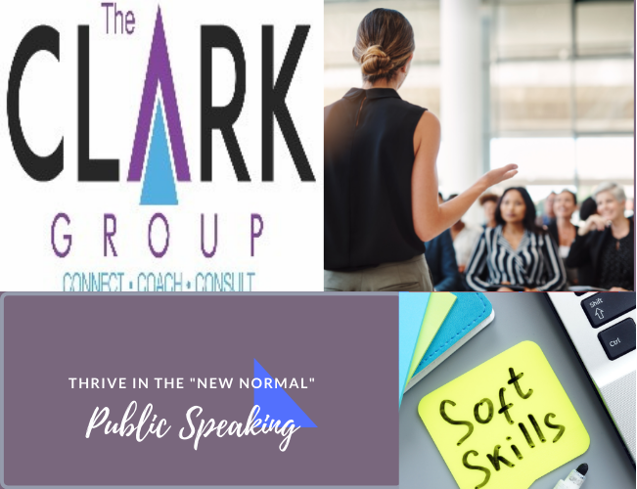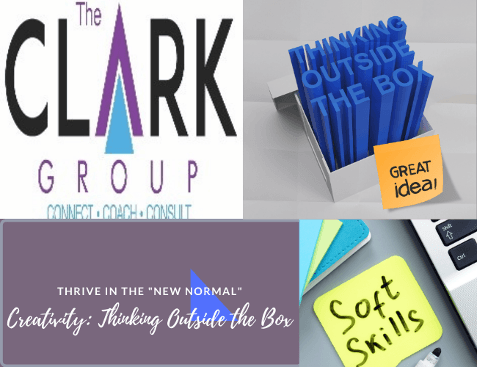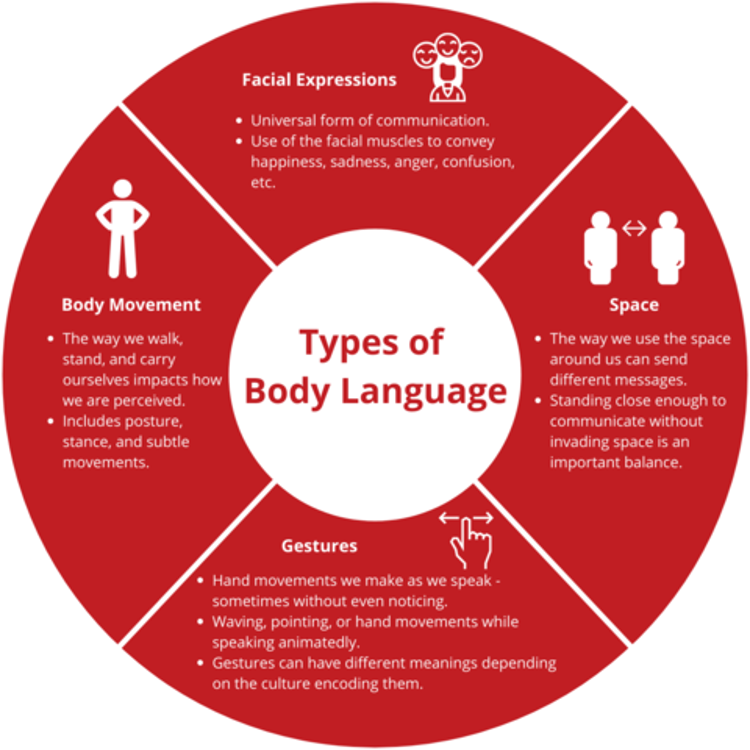TOP TEN PUBLIC SPEAKING TIPS AND TRICKS

TOP TEN PUBLIC SPEAKING TIPS AND TRICKS
Does the idea of public speaking make your skin crawl and your heart race? If this sounds familiar, you are not alone.
Glossophobia, or the fear of public speaking, affects approximately 75 percent of adults. The statistic is staggering when you consider how many jobs require public speaking skills, whether it’s to pitch a new idea, interact with the media/stakeholders, or even running an internal meeting.
But it doesn’t have to be this way. With a little preparation, the ability to deliver a great presentation can be game changing for your professional development and organization as a whole.
Effectively deliver your key messages and even influence behavior with our public speaking tips and tricks.
1. PREPARATION IS KEY
Many would argue that the most important part of your presentation is what you do before you even walk up to the podium. And they wouldn’t be wrong – according to Business Insider, 90% of the anxiety we feel before making a presentation stems from inadequate preparation.
There are three main components of preparing for your presentation or speech:
· Content/Key messages – This is the overall theme and messages you hope to convey. Consider how you plan to open your speech, what your key messages are, and how you plan to walk your audience through them.
· Slides/handouts – This is the content your audience will be seeing. Your slides should be concise and free of errors.
· Logistics – The logistical parts of delivering your presentation are often overlooked, but crucial to keeping everything running smoothly. This ranges from gathering your materials, ensuring your venue is ready, and making sure any technological aspects of your presentation is working.
By taking all of these into consideration in advance, you can go onto your presentation more confident than ever.
2. WRITING YOUR SPEECH
Writing your notes for your speech ensures you have all your key messages and calls to action in front of you. But where should you start? This would be with an outline. Contrary to what you may assume, your speaking notes are not necessarily a word for word transcript of your presentation – in fact, that should be avoided, as reading your speech word for word can lack the emotion and body language to truly impact your audience.
When writing your speaking notes, consider what your audience is hoping to get out of your presentation. Ensure your notes are organized and your topics are in a logical order. Other components of your speaking notes should be any statistics or facts that you want to ensure are delivered accurately.
3. PRACTICE
They say practice makes perfect, and with public speaking this is no exception. Practicing your speech familiarizes yourself with the content, and gives you the opportunity to see how your speaking notes translate when relaying them out loud. Practicing your presentation gives you a better idea of your run time, which can ensure you don’t go over your allotted time.
Expert communication coach Carmine Gallo says to really take your presentations to the next level, you should practice your speech about ten times. By practicing your speech once a day ten days in advance of the real thing, you significantly boost your confidence and set yourself apart from your peers.
4. CONSIDER TECHNOLOGY USE
It is pretty rare these days for a presentation to not have some component of technology use. Ensuring that all audio/visual (AV) components are working well ahead of time allows you to maintain your momentum as you as you give your presentation. This can range from making sure your slides translate well on-screen and that your sound systems (if needed) are working well.
Considering technology use can also apply to delivering presentations online. If the COVID-19 pandemic has led you to needing to deliver a speech or presentation online, consider the ways you can prepare ahead of time in that context. Check that you have a strong internet connection and practice using relevant features such as screen sharing. While the idea of delivering an important message via a computer screen can feel daunting, the same rules as a regular speech generally apply.
5. MANAGE NERVES
While preparation is the most vital way to minimize nerves before giving a presentation, there are other ways you can also manage your anxieties so it doesn’t take over and impact your delivery.
First and foremost, remembering that feeling nervous before a presentation is very normal. In fact, being nervous can keep your focus sharp and serve as an advantage when public speaking. The goal isn’t to remove the anxiety, but rather strategically channel your nervous energy in a constructive way.
This can be through focusing on positive thoughts. Remember that there is no reason for the people in the audience to feel anything but well-disposed towards you. Additionally, practicing deep breathing exercises before you deliver your speech can help balance out your nerves and keep you focused. Finding constructive ways to manage anxieties surrounding public speaking will empower you, and can even become a tradition in your process for preparing for a presentation.
6. START STRONG
No matter what you are speaking about, the way you open can set the tone for your entire presentation. It gives you the opportunity to pull your audience in, making them more likely to hold on to your key messages.
This can look different depending on your personal preference and the context of your presentation. Some speakers like to start a presentation with a joke to start on a light note and put the audience at ease. If this doesn’t feel like a good fit, asking a rhetorical question, giving people a surprising statistic, or telling a brief anecdote that is related to the topic of the presentation can also be effective.
No matter how you go about it, ensuring you have an impactful opening statement is an ideal way to have an effective presentation as a whole. Furthermore, take advantage of this moment to introduce yourself and establish your credibility on the topic you are discussing. Remember that you are the expert on your presentation topic, and people are looking to you educate them on it.
7. DON’T OVERLOOK THE IMPORTANCE OF BODY LANGUAGE
Your body language can make or break the overall tone of your presentation. It influences your confidence and enthusiasm in what you are saying.
To use your body language to keep your audience engaged, make sure you maintain good posture and keep your body open and facing your audience. Use a balanced amount of hand gestures to keep your audience engaged and focused on you and your visual aids. Another body language technique that keeps your audience engaged is eye contact. Move your eyes around different parts of the room to convey sincerity to your entire audience. Don’t feel like you have to stay at the front of the room through your entire presentation either. If the venue for your presentation allows for it, feel free to move throughout the room as another tactic to keep your audience engaged.
8. USE IMPACTFUL VISUALS
Visuals can help solidify your key messages by highlighting your main ideas or providing visual context to important facts and statistics throughout your presentation. It can also boost retention and make your presentation more memorable.
When using visuals, make sure they are concise and only consist of the most important parts of your presentation. Your visual aids should not be directly read off of in your presentation, but rather serve as a complementary component that adds to your presentation.
To have an optimal impact with your visual aids, maintain a consistent format and use muted colours that will show up well on-screen. To be sure your visuals aids will be effective, test them on the projector you will be using ahead of time to make sure they show up well.
9. KEEP YOUR AUDIENCE ENGAGED
Keeping a degree of interactivity in your presentations for your audience can help keep them engaged and focused on your content. This can be done in several different ways throughout your presentation.
Ask your audience questions about the content you’re presenting, not only to check their understanding, but also to learn more about their thoughts on the topic. Another way to do this is through informal polls related to the topic, which can increase engagement and also help you gauge your audience’s thoughts or assumptions about your topic. If it makes sense to do so, personal stories can also create a more personal connection between you and your audience. Having some anecdotes that tie back to your key messages will be more memorable to your audience than simply relaying the information.
10. BE STRATEGIC WITH YOUR WRAP UP
The way you finish your speech is the final impression you will leave your audience, so it is important that there is thought put behind it. If it feels appropriate, having a question period can allow you to clarify anything that may have been missed due to time constraints. If the unpredictability of a question period makes you uneasy, it can be helpful to prepare ahead of time by thinking about some of the possible questions you could anticipate being asked, and have your answer prepared.
When you finish answering questions, it is important you still properly tie up all the loose ends of your presentation by reminding your audience of the big picture. You can circle back to your key message by saying something along the lines of “If there is anything I hope you take away from this presentation, it’s…” and go back to the number one point you want your audience to remember.
CONCLUSION
By making time for adequate preparation and keeping our tips in mind, you can deliver meaningful presentations that will resonate with your audience. By having strong public speaking skills, you can feel empowered to motivate, lead, influence, and persuade.





